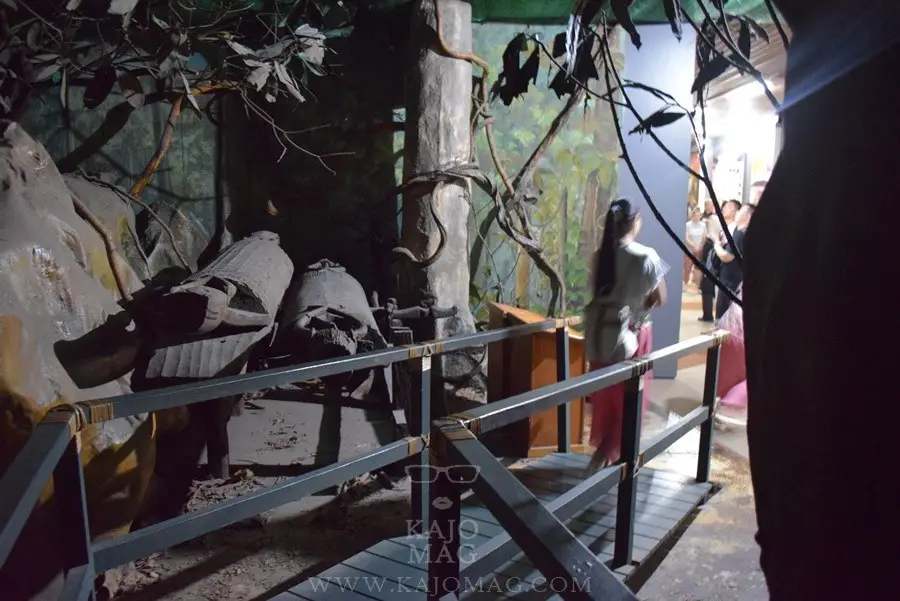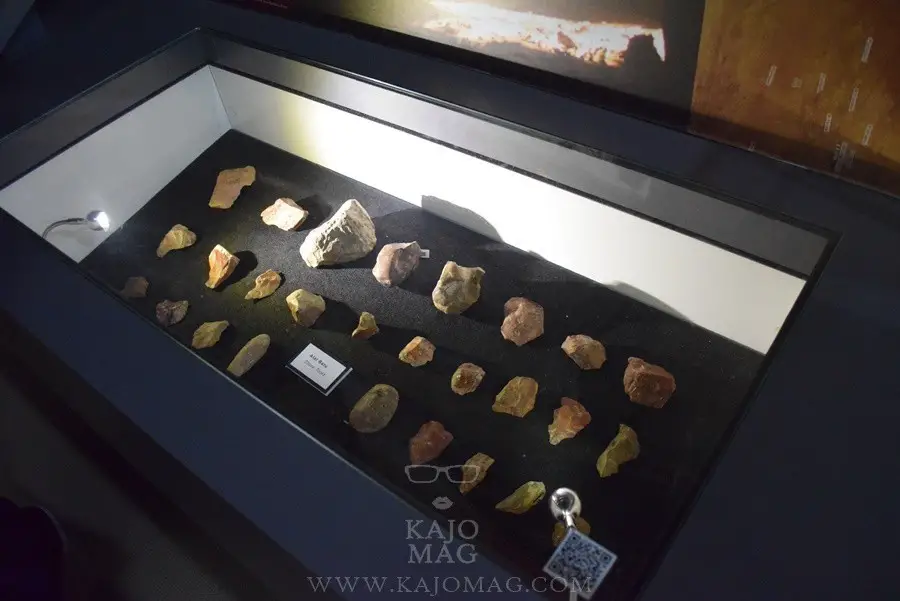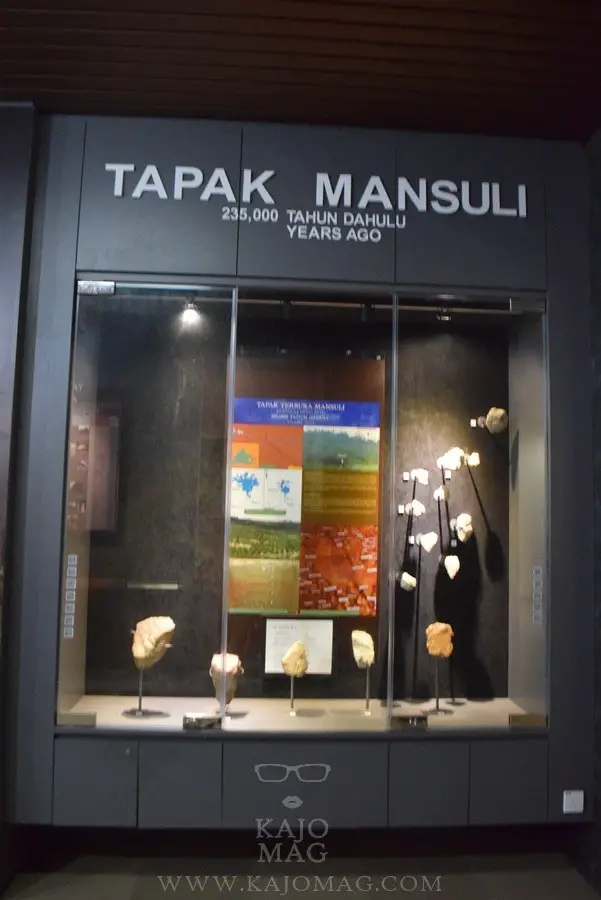After the end of World War II, Sarawak was briefly administered by the British Military Administration.
On July 1, 1946, the third White Rajah Vyner Brooke ceded the kingdom to the British Government.
So Sarawak became a British Crown Colony with Sir Charles Arden Clarke becoming the first British Crown Colonial Governor.
Sarawakians were conflicted and largely divided over the cession. Some felt betrayed because Sarawakians were promised self-rule according to the Nine Cardinal Principles of the rule of the English Rajah.

Nonetheless, Sarawak was a British Crown Colony from 1946 to 1963.
On the first anniversary of Sarawak’s Cession Day, the last Brooke ruler sent his message to the people of Sarawak in four languages; English, Malay, Iban and Chinese.
Here is the transcript of his message in English:
“On this day July 1st, I send warm greetings to all my friends in Sarawak. A year has passed since Sarawak was ceded to His Majesty the King.
I have deep thought to his proposal for cession before making it to the British Government and placing it before the Councils in Kuching. I knew that it meant the end of Brooke rule, an event which, I was proud to realise, would be matter of sorrow to very many of you. Nevertheless I took the decision because I knew that it was the best interests of the people of Sarawak and that in the turmoil of the modern world they would benefit greatly from the experience, strength and wisdom of British rule.
I have followed very closely the events of the last year and I am more than ever convinced that the decision taken was the right one. The assurances given at the time of cession that there would be no interference with your ancient customs are being scrupulously observed. At the same time large schemes for the welfare and betterment of the people have been worked out and will be put into force with the aid of funds provided by the King’s Government in Britain. I am glad that all these plans adhere to the main principles of the policy of the three Rajahs in the past, that the interests of the local population shall be paramount and that the development shall be undertaken by the people by the people and for the benefit of the people of Sarawak.
I know that there are still some in Sarawak, encouraged by persons living outside the country, who maintain their opposition to what has been done. Their cry is that they have lost their “independence” and wish to recover it. What in fact is the position? You have transferred your loyalty from the Rajah who was like your father to a greater father, the King, who has for so long been our Protector. Your feet are firmly set on the road which lead to true independence. Your local institutions are being developed, your power to express your views on laws and forms of Government is being increased, and your will gradually approach that goal, already reached by so many peoples who have had the privilege of Britain’s guidance, where you will be completely self-governing.
The length of time which must elapse before your arrive at that goal will depend largely on the willingness with which your grasp the hand of friendship and support held out to you by His Majesty’s Government. This is the greatest opportunity for progress that Sarawak has ever had. With unaltered devotion for your interests and well-being I say, “Long Live the people of Sarawak. Long Live the King.”
C. V. Brooke










































